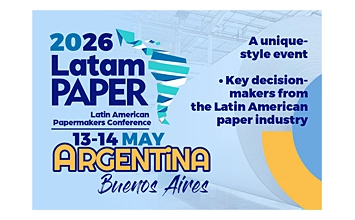Essity divulged plans on 23 October 2025 to simplify its organisational structure and accelerate growth by introducing a new business-area model and a cost-savings programme.
The Swedish-based company will decentralise decision-making, reinforce end-to-end accountability for each category and split its current Consumer Goods division into Personal Care and Consumer Tissue. The changes apply from 1 January 2026 and will be reflected in financial reporting from Q1 2026.
The cost-savings initiative targets approximately SEK 1 billion of annual savings by end 2026, primarily from sales and administrative expenses (marketing costs excluded). These savings are intended to fund profitable volume growth. In addition, Essity reiterated its ongoing annual savings target of SEK 0.5–1 billion in cost-of-goods-sold. Restructuring charges tied to workforce cuts will be disclosed by the fourth quarter of 2025.
CEO Ulrika Kolsrud said the moves are designed to sharpen focus on product categories with the greatest growth potential. With operations in about 150 countries and leading brands such as TENA and Libresse, Essity aims to better align its structure with strategic ambitions while enhancing agility and efficiency.
Essity is a global leader in hygiene and health, headquartered in Stockholm, Sweden. The company develops, produces, and sells products and solutions that improve well-being for consumers and professionals in around 150 countries. Its portfolio includes well-known brands such as TENA, Tork, Libero, Libresse, Tempo, Lotus, Nosotras, and Modibodi. In 2024, Essity reported net sales of approximately SEK 146 billion (EUR 13 billion) and employed about 36,000 people. Essity is listed on Nasdaq Stockholm.
























































